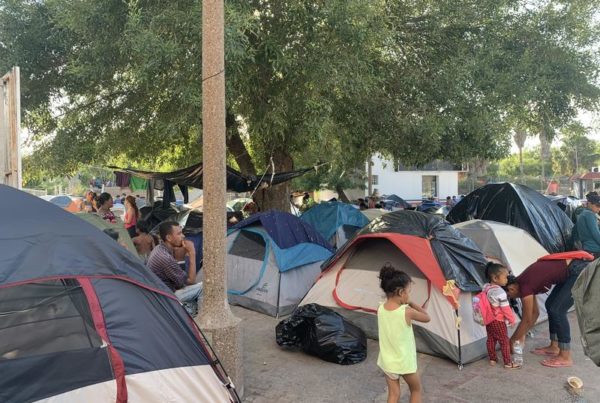The upscale, master-planned community of Sienna, southwest of Houston, features a rather large, unmarked building that provides a hint at the area’s antebellum past. Until recently, the community was known as Sienna Plantation.
The building is possibly the last of some 1,500 similar brick structures that were once scattered across the U.S. Sitting idle beside the modern homes of the development, the building could represent an opportunity for historians to explore the darker moments of Texas history. But the landowners are resistant to allowing historians to study it.
Lisa Gray, acting op-ed editor for The Houston Chronicle’s, has written about this building and what it means for Texas history. Gray says the building served as a sugar purgery – where sugarcane was crushed into a gritty, molasses-y substance, put into barrels and drained, leaving only sugar behind. In the pre-Civil War South, most of the work was performed by enslaved people.
“It was impossible to grow sugar before the Civil War without slaves and this particular plantation, Arcola, was one of the largest slave plantations in the state,” Gray says. “There were more than 200 slaves there, the owner sometimes claimed 500.”
Johnathan Dawson Waters, the owner of this sugar plantation, was the third-largest slaveholder in the state. Gray says he came to Texas to get rich. He started growing cotton but switched to sugar and became one of the richest men in Texas and a major supporter of the Confederacy during the Civil War.
Joanna Ryan, a Louisiana archaeologist who studies antebellum sugar plantations, recognized the Sienna building’s specialized floor through photos posted by a Fort Bend history buff who labeled it a sugar barn. Gray says although the building holds historical significance, it is not protected in any way. The development’s management wrote in a statement to Gray that they plan to keep the building as it is until it is acquired by another owner.
“It’s this remnant of a past that we don’t talk much about in Texas,” Gray says. “This part of Texas was very much the Old South and sugar was the cruelest crop in all of plantation history. Other kinds of plantations had more births than deaths among slaves, but sugar had more deaths than births. This is a reminder that Texas was not really just a frontier, western state, we were the old South. This blood is still on our hands.”
Gray says while it’s possible a government entity could step in to provide protection for this building, this very rarely happens in Texas.
“It’s possible, maybe, that there could be some incentives financially to preserve it, or maybe Sienna will recognize it as a selling point, that this history is something that people want to see survive,” Gray says.
Written by Savana Dunning.















